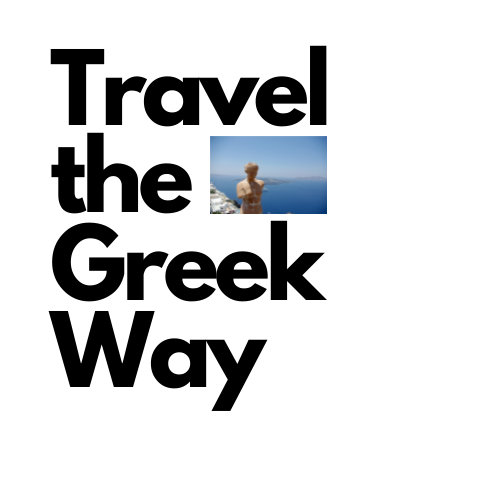Ancient Isthmia is 77 km (48 ml) from Athens, very close to the Corinth Canal and Ancient Corinth. Isthmia has taken its name from the Isthmus of Corinth and is mostly known as the place where Ancient Isthmian Games were held.
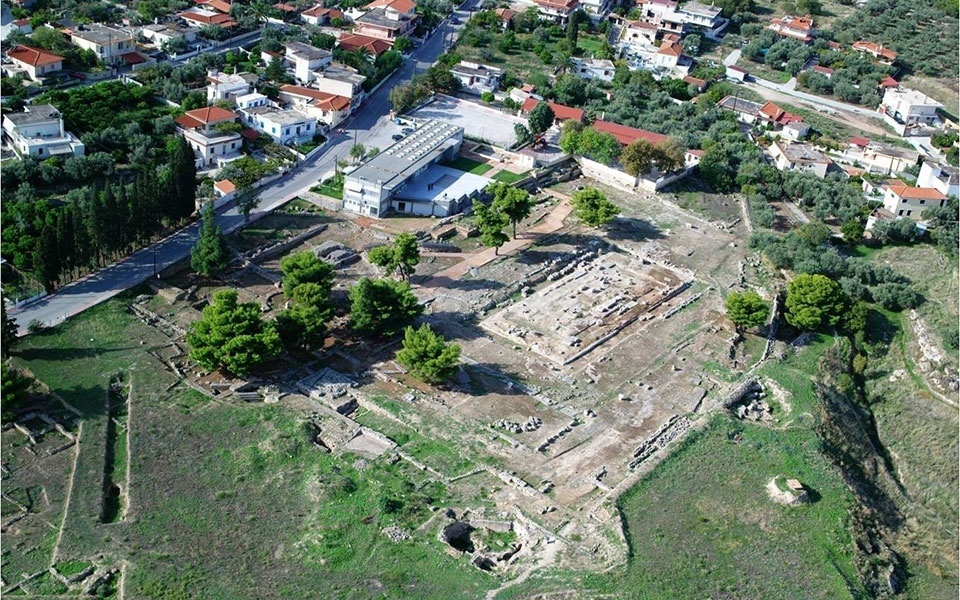
The ancient Greek city-states had several athletic competitions and games, but the most famous were the four major Panhellenic Games. These games were held for various reasons, including religious, cultural, and athletic purposes. The five major Greek ancient games were the Olympic, the Pythian, the Nemean, the Basileian and the Isthmian Games.
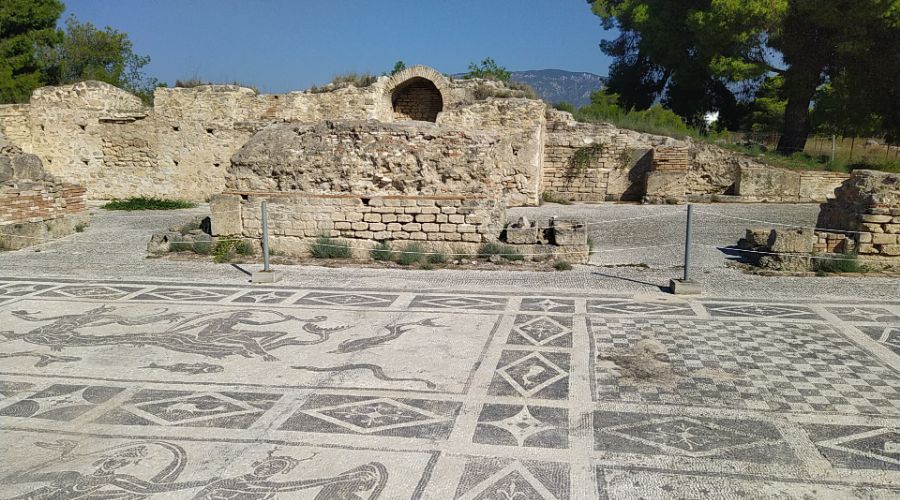
Today, besides the Isthmia archaeological site and small in-house museum, there is a small flourishing settlement in the same area of Isthmia, with beautiful coves and beaches surrounded by a pine forest. It is a popular summer resort, mostly among Greeks.
Food Tip: On your way to the Ancient Isthmia, stop at the Zois Bakery, its fruit cakes, and bread are delicious.
*Some of the links below are affiliate links. That means I may make a commission if you click and buy. The commission comes at no additional cost to you.
The Isthmian Games
Although the Olympic Games are the most popular and widely known Games of Ancient Greece, they were not the only ones. The Isthmian Games were founded in 584 BCE. According to the myth, the Isthmian Games began as funeral games in honor of the child hero Melicertes-Palaemon. Palaemon, like his mother Ino-Leucothea, were deities who protected sailors from shipwrecks.
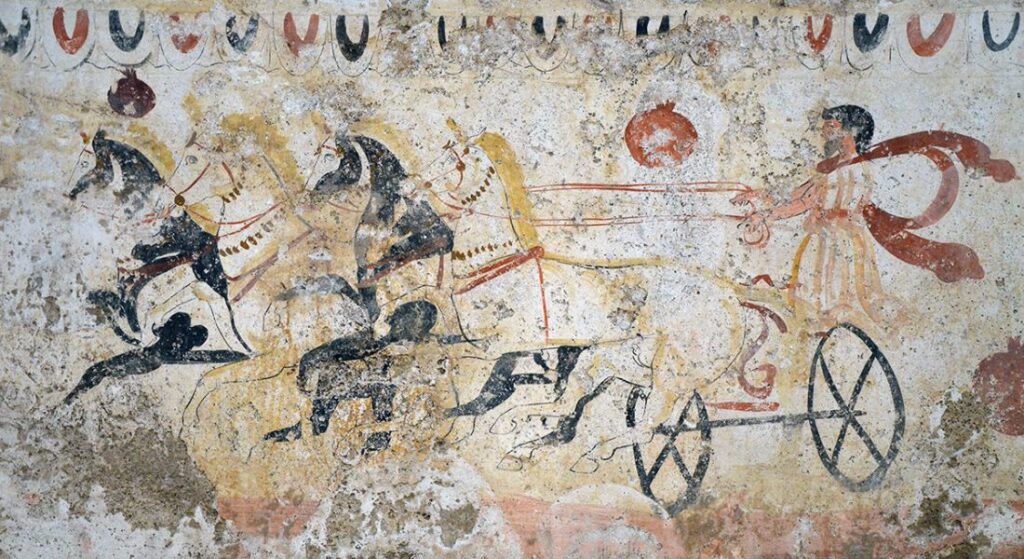
Later on, the Games were held in honor of Poseidon, the god of the sea, every two years with a strong focus on combat sports like wrestling and boxing. The winners of the Isthmian Games were initially given a wreath of pine and from the beginning of the 5th c. BCE, the wreath was made of wild celery.

Ancient Greeks organized several Panhellenic Games in different time zones so that everyone could participate in all of them if he wanted to. The Games provided the opportunity for Greeks to gather, celebrate, make alliances, and showcase their physical abilities. Winning in these games was a great honor, and victorious athletes were often celebrated as heroes in their hometowns. The Olympic Games, in particular, had a profound impact on ancient Greek society and continue to be celebrated today in the form of the modern Olympic Games.
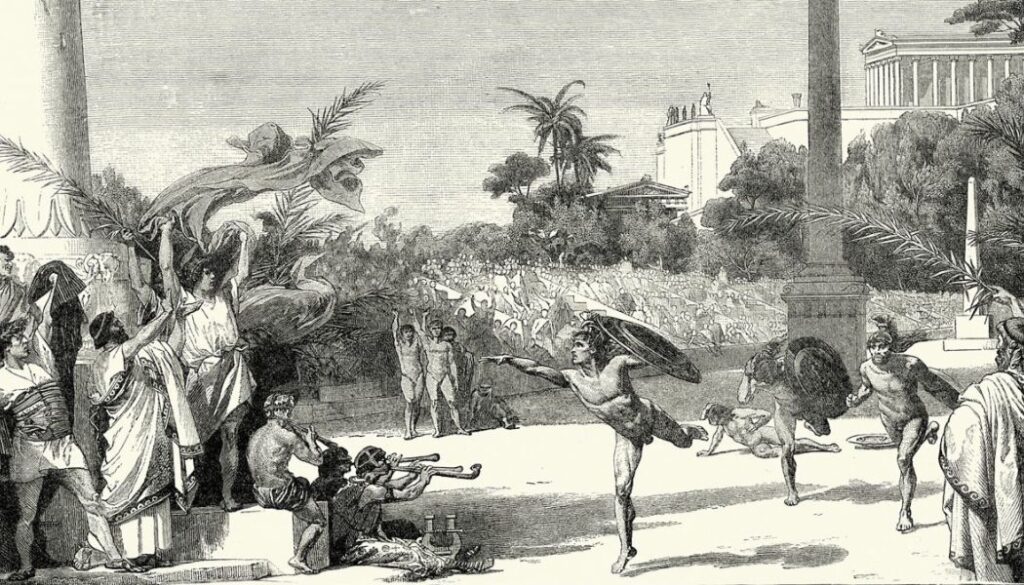
The Isthmian Games, lasted 3 days and included gymnastics, running, wrestling, boxing, pankration, and pentathlon. The Games continued to exist well into the Roman period of Greece and actually, the Roman Emperor Neron in 67 CE participated in the Games.
Olympic Games

- The Olympian Games were held between 776 BCE (mid-July) and 393 for 1169 years in total. The place was Olympia in the Peloponnese in honor of the Olympian Zeus, the king of the Greek gods.
- It was organized every four years and was the most famous and prestigious of the ancient Greek games.
- It was a predominantly religious feast. It included a wide range of athletic competitions and was a celebration of Greek physical prowess and the ideal of a sound mind in a sound body.
Pythian Games
- Held in Delphi in honor of Apollo, the god of music and prophecy.
- Held every four years, at the end of August and it included both athletic and artistic competitions.
- Athletes and artists from all over Greece gathered to compete.
Nemean Games
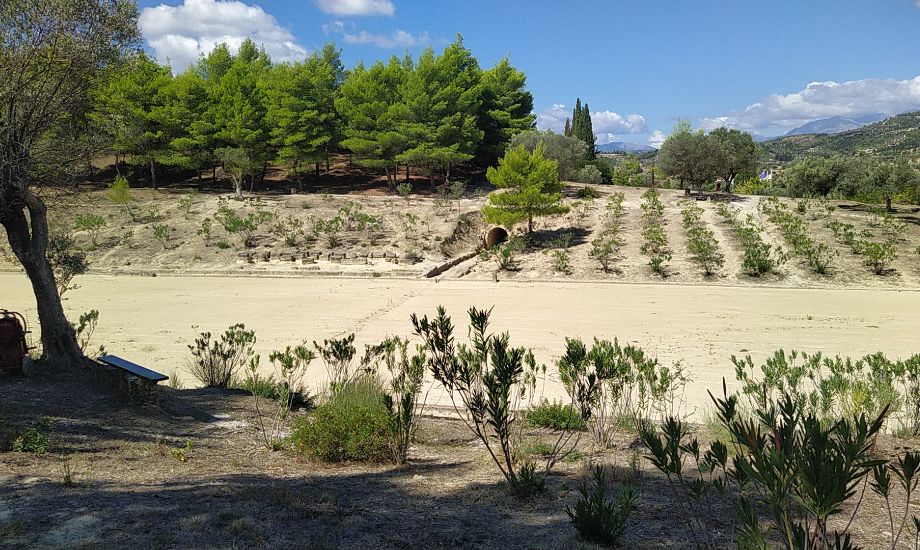
Nemean Games:
- Held in Nemea in honor of Zeus.
- Took place every two years in July.
- The Nemean Games featured various athletic contests, including foot races and the famous Nemean Lion myth, which was re-enacted in a race.
Basileian Games
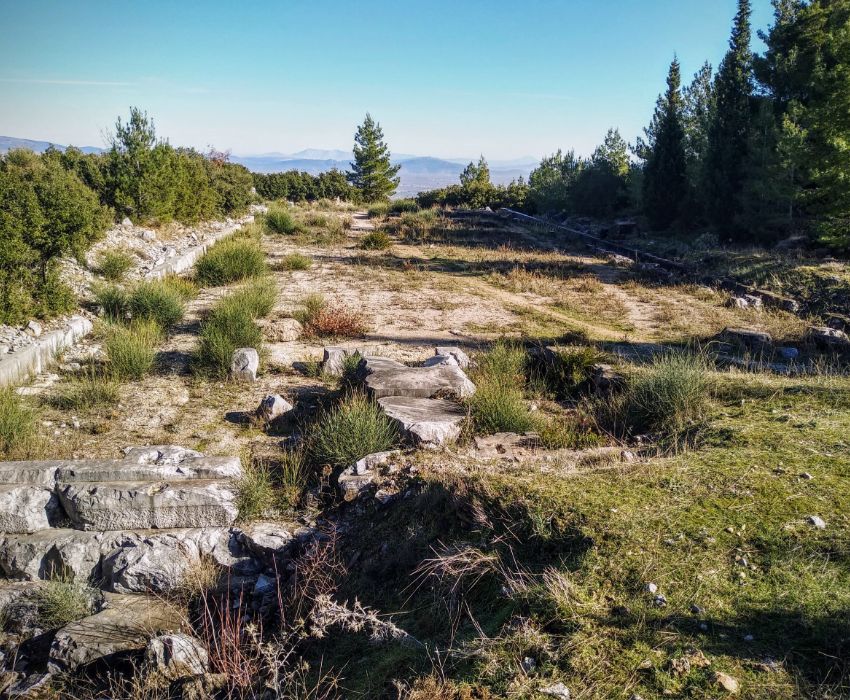
Livadia is a small mainland town 138 km northwest of Athens with the important Oracle of Trophonius. The oracle suggested that they should establish a feast and games to honor the king of gods, Zeus. It was established in 371 BCE in commemoration of the Theban victory against the Spartans at Leuctra.
The Games was celebrated in September, featuring runs, chariot races, competitionσ of rhapsodes, heralds, trumpeters, and processions of young women carrying baskets.
The Monuments in the Archaeological Site of Isthmia
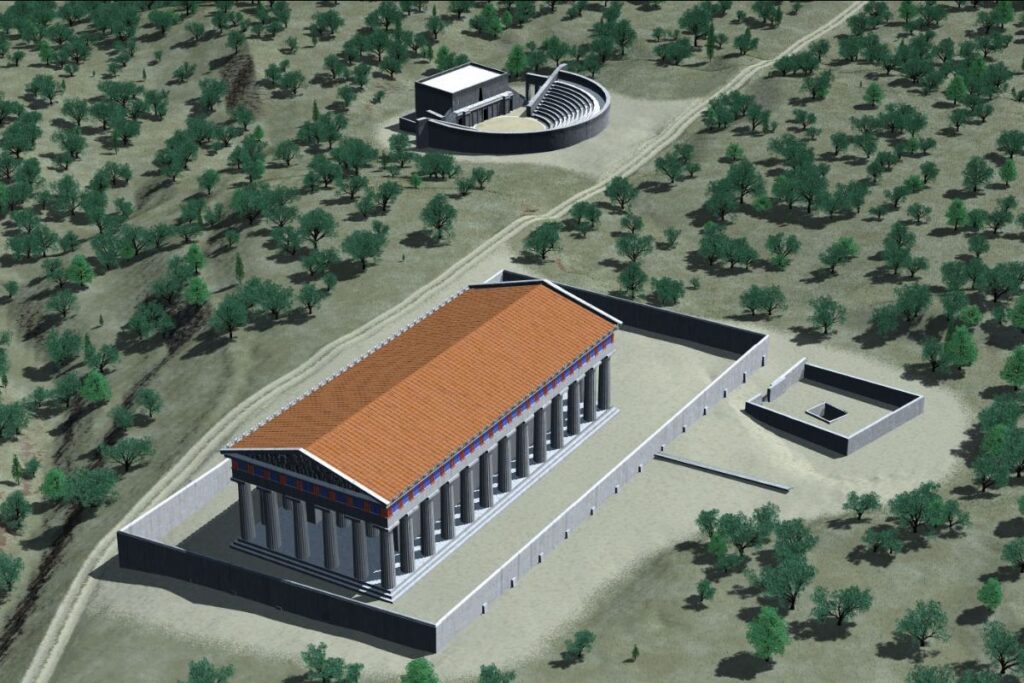
Source: hellinon.files.wordpress.com
The Isthmia area began to be systematically inhabited by Ionians around the 12th century BCE. The Ionian Greeks built between 690-650 BCE, the Temple of Poseidon, the god of the sea, to honor him.

The temple of Poseidon was reconstructed three times from the middle of the 7th century BC to 146 BC. Around the Temple, you will also see the remains of the peribolos of the shrine of Palaemon as well as the other significant supporting buildings where the Games were organized:
- The Race Course
- The Stadium: Built in 550 BCE, you can still see today 16 of its starting points
- The Theater – only some parts of the foundations are visible
- The Gymnasium, known as Kraneio
- The Roman Baths, built in 150-160 CE probably by Herodes Atticus. Their mosaic is similar to those in Ostia and Pompeii and they are in good condition.
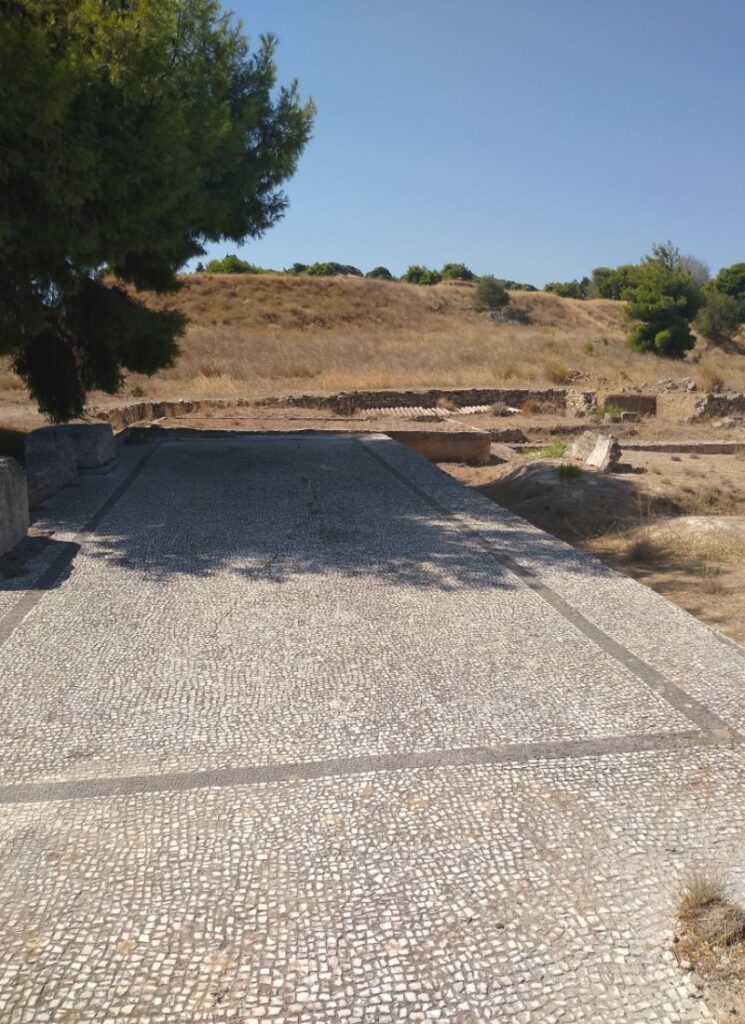
In the Roman Baths, you will see one of its most impressive mosaics, the octopus with its 7 tentacles and crabs. Another black and white mosaic depicts a Nereid riding a Triton, surrounded by various sea creatures. I love mosaic, and I am so glad they have restored it to such perfection.
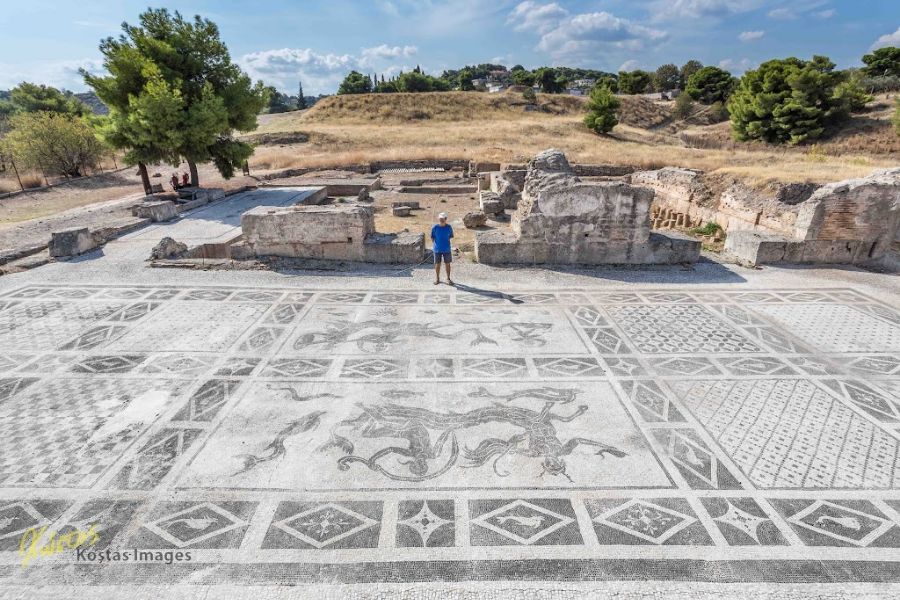
Excavations in Isthmia were held in 1952 by Professor of Archaeology at the University of Chicago Oscar Broner, under the auspices of the American School of Classical Studies in Athens.
The Ancient Isthmia operated for more than 900 years until the invasion of the Visigoths of Alarichos who destroyed it in the 4th century CE. Sadly, the new religion of Christianity had forbidden all games by the 4th century CE as well.
The Isthmia Archaeological Museum
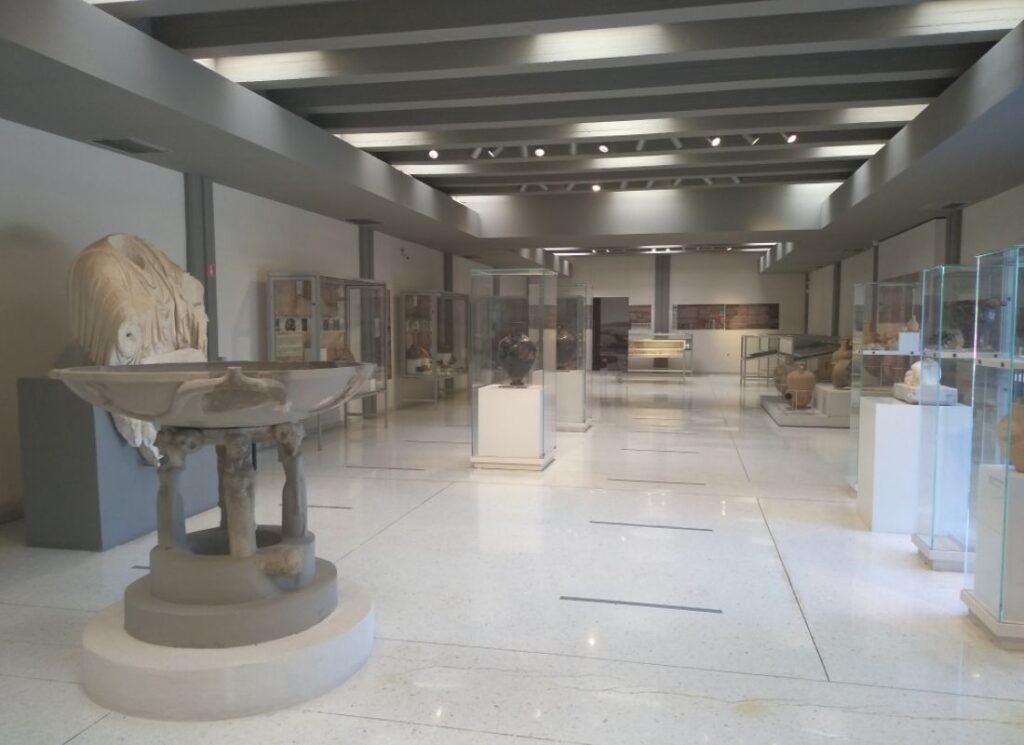
Since 1978, there has been a small museum with exhibits and collections from the wider Isthmia site area, the Hellenistic Settlement at Rachi, and Kechries ancient port.
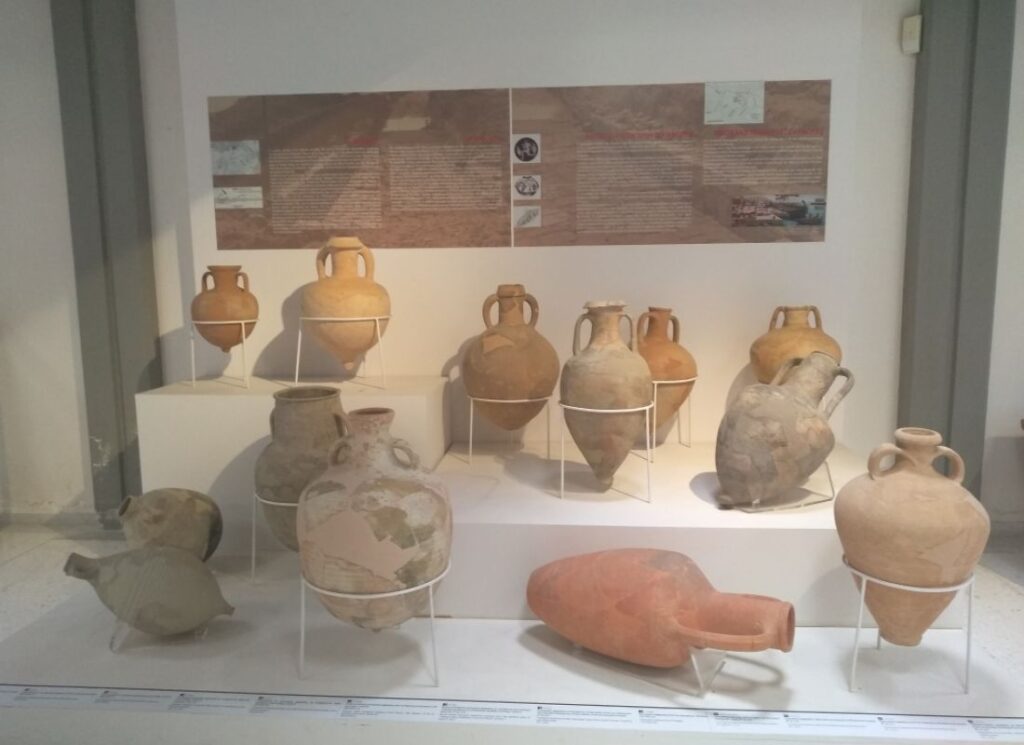
The entrance fee to the site and museum is €2, and it is open daily between 8.30 am – 15.00 (3 pm). Address: 12 Eleftheriou Venizelou St., Kyras Vrysi, 20100 Isthmia. Telephone: +30 2741037244.
Tips for Visiting Ancient Isthmia
Is Ancient Isthmia Accessible?
Yes, it is. There is flat access, especially in the Museum
Is there a WC inside the Ancient Isthmia Museum?
Yes, there is, free of charge.
Can I drink or eat inside the Site?
You are not allowed to eat or drink inside any archaeological site in Greece, only water is allowed to be carried around. There is no café/restaurant inside the site.
Is there a shop inside the Museum?
Yes, there is a small shop.
Resources for Ancient Isthmia
- Ancient Theatre of Isthmia (Diazoma Site)
- University of Chicago
Ancient Isthmia in Corinth
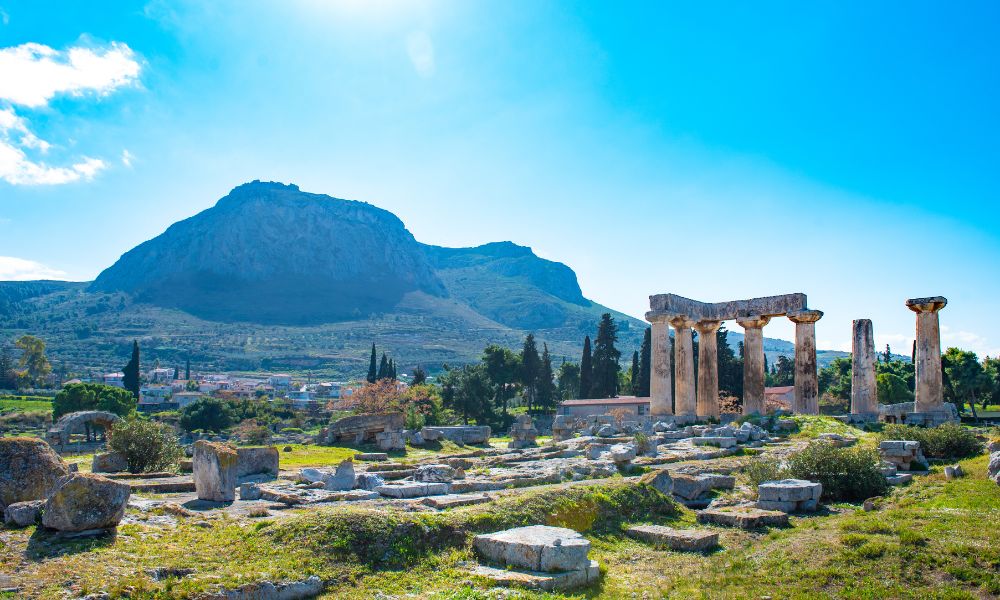
Ancient Isthmia was one of Greece’s largest Panhellenic sanctuaries, dedicated to Poseidon (or Melicertes-Palaemon) and the hosting area of the Isthmian Games. The area, as it is set at a strategic junction between the Peloponnese and the mainland (Beotia), held special importance throughout the Greek and Roman periods.
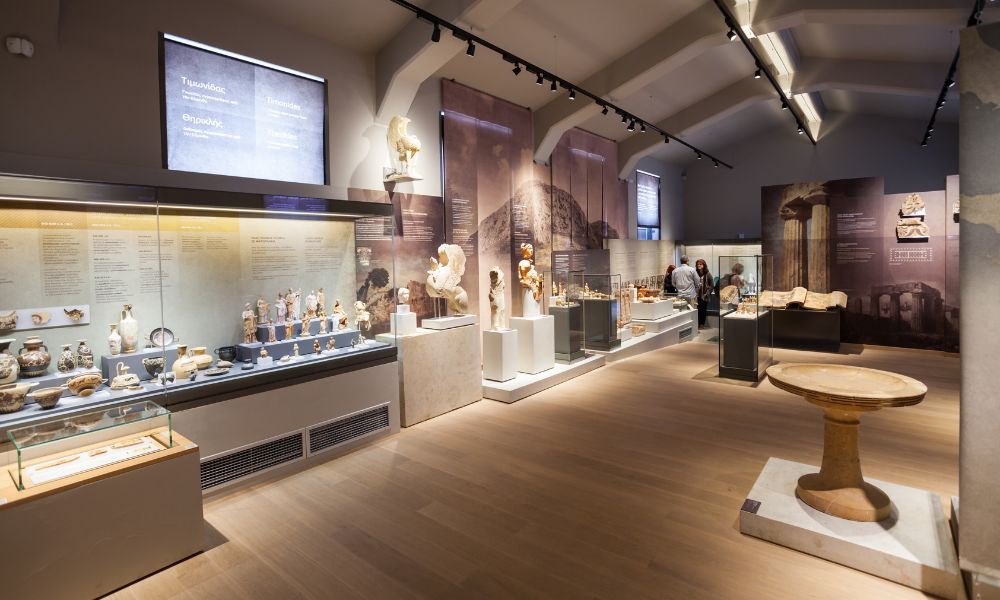
Ancient Corinth and Isthmia were also popular gathering areas to discuss important political matters and gather the army for a future war (for Greeks or Romans). Due to its location, armies would frequently march through the Isthmus with disastrous consequences to the site and its temple.
Sites to Visit Near Isthmia
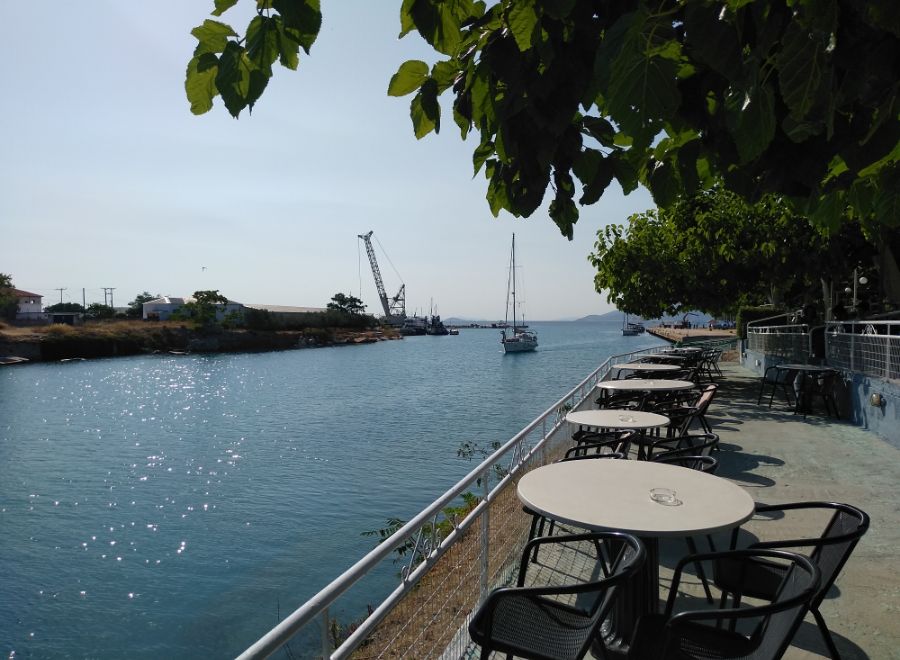
Isthmia is an interesting place to visit and right in the middle of many other sites to explore:
Discover Isthmia Bridge Cafe, for a snack or a coffee and watch the bridge submerge to let the ships pass and emerge to let the cars and people get across the canal.
Dive to the nearby beautiful Isthmia Beach.
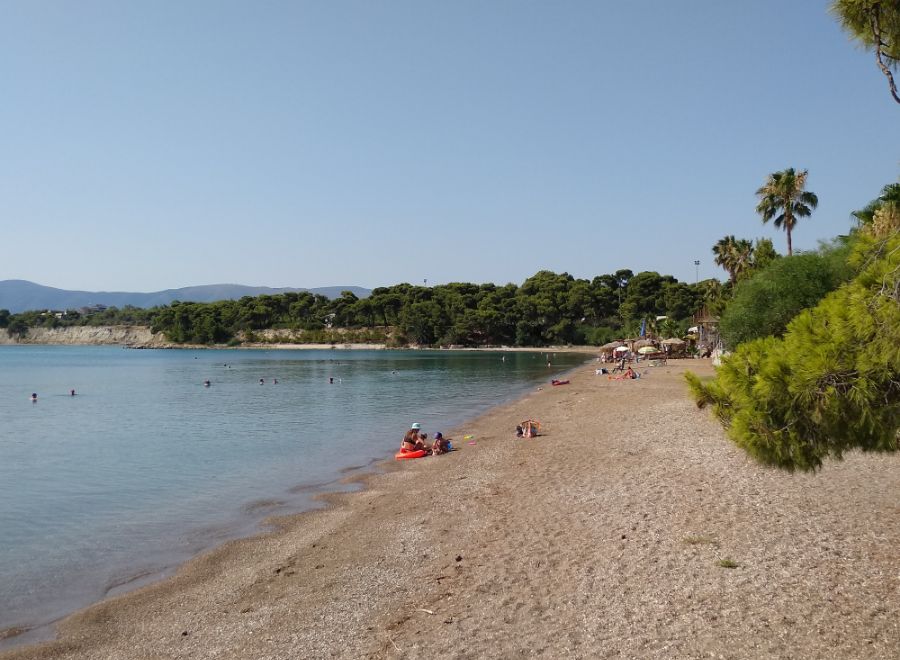
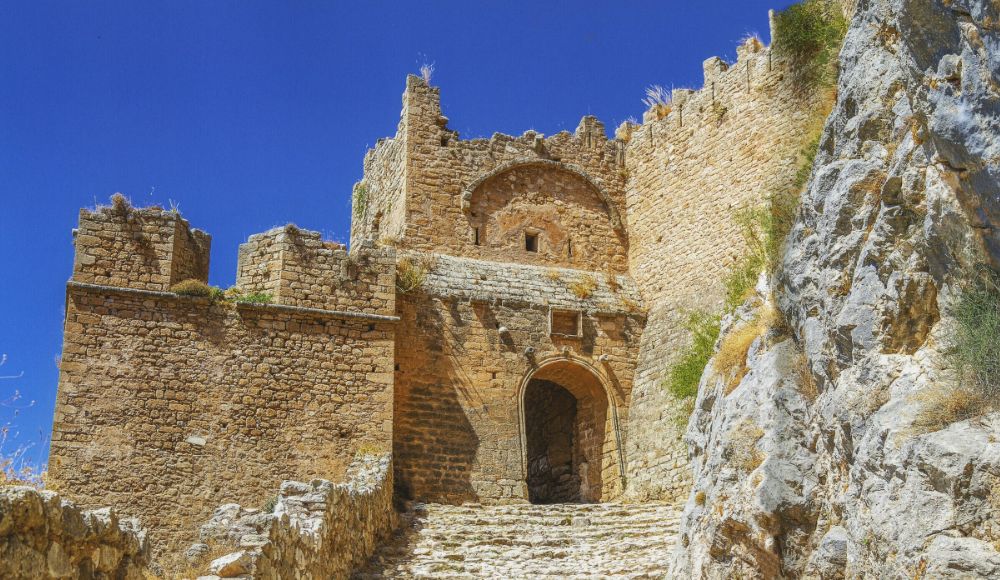
Go to the fascinating Sites of Ancient Corinth and Acrocorinth (7,5 km away)
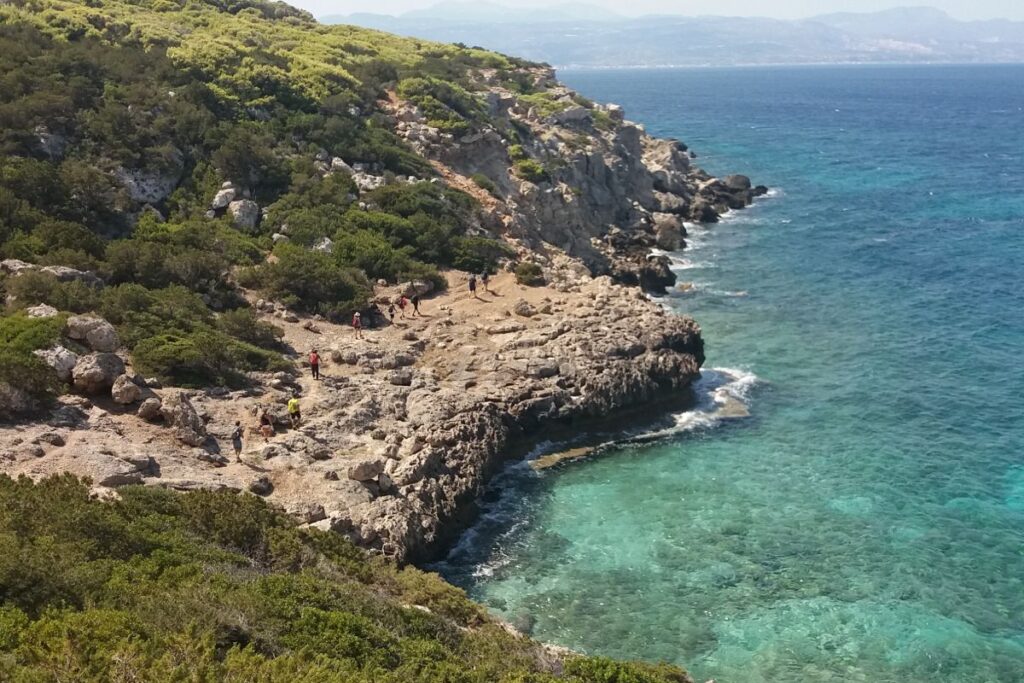
Explore Loutraki seaside town (6,5 km away) with the Mineral Waters, the Casino, and Perachora. Walk at the Ancient Port of Kechries where Apostle Paul left for Ephesus in 51 CE.
First time to Corinth? Book an enjoyable full-day tour of the Isthmus Canal, Acrocorinth castle, Ancient Corinth, Ancient Heraion, and Melagkavi Lighthouse with pick-up/drop-off service from your hotel, and a live tour guide. Book your Corinth tour here!
How to Get to Ancient Isthmia
The easiest way to get to all the sites in Corinth is to rent a car. If this is not possible, you can get a bus from Athens here.
There are so many things to visit in Ancient Isthmia. I hope that you get the chance to try as many as possible. Till next time, Evgenia❤️
Travel Guides To Greece
- Greece Packing List – What to pack for a 10-day trip to Greece
- Best Things to Do in Loutraki town in Corinth – like Thermal Spa!
- Enjoy a Trip to Club Hotel Loutraki and Casino
- Discover Ancient Corinth and Acrocorinth
- Mamma Mia Greece Locations – All the mainland and island shooting areas in Greece
- Salamina Island – So close to Athens, so unknown to the mass tourism
Essential Travel Resources for Greece
- ‘Hello’ and ‘Thank You’ in Greek: “Ya sou” and “Efharisto”
- Booking.com: I use Booking.com mostly for Europe. It has over 1 Million properties to choose from, including everything from hotels to apartments and even hostels. And free cancellation!
- Expedia: I use Expedia for the best hotel descriptions and amenities and a rewards points system for the rest of the world.
- All-Inclusive Resorts in Greece
- FerryScanner to book ferries to the Greek Islands
- Rent an Affordable Car in Greece
- Athens Metro Website (timetables and ticket info)
- Map of Athens Metro
- Trains (Hellenic Train)
- Public Buses KTEL
- Get Your Guide: For all your day or multi-day tours and city guide needs, I use Get Your Guide
- Emergency Numbers Anywhere in Greece: AMBULANCE 166 – FIRE 199 – POLICE 100– EMERGENCY NUMBER 112
